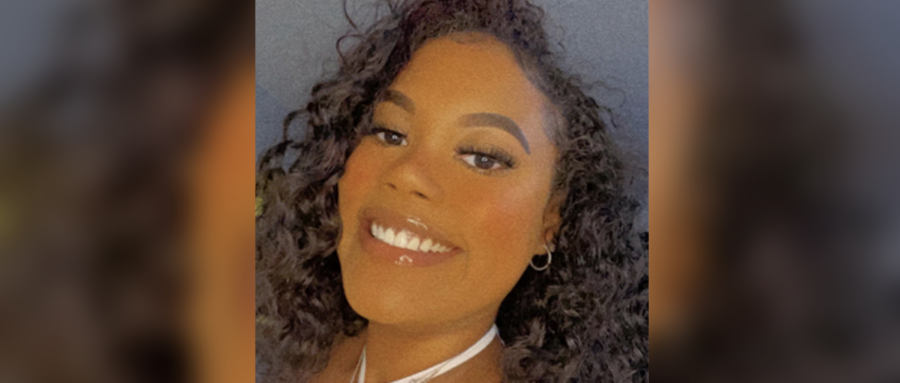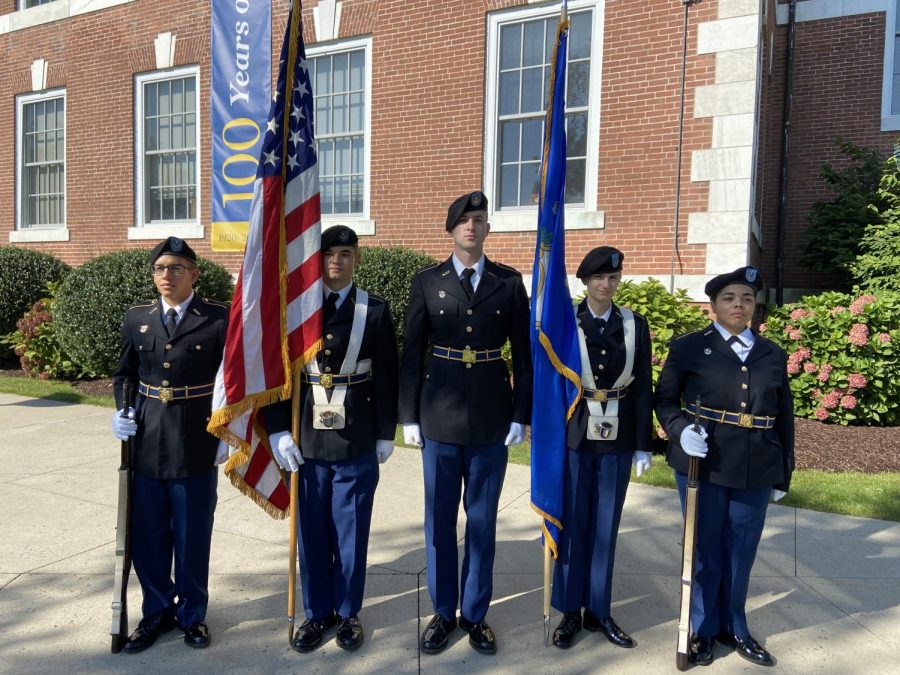The university commencement ceremony is a truly ancient tradition. According to April L. Harris’s “Academic Ceremonies: A

Handbook of Traditions and Protocol,” the first commencements were held in Paris and Bologna in the eleventh and twelfth centuries. At that time, Harris writes, universities were training grounds run by local guilds and trade associations. After a student had mastered a craft, “the new master of arts was permitted by his superiors to commence teaching the craft, thus the term ‘commencement.’”
Modern commencement ceremonies retain some of the vestiges of ancient traditions in the symbolic colors of the hoods and robes, the delivery of speeches, and other basic components. Despite their age, however, there are few agreed-upon rules for how to conduct a commencement. Every commencement is a unique blend that reflects an institution’s own history, beliefs, and circumstances.
Past commencements at UNH tell a great deal about the university’s genesis. When it opened as the New Haven Y.M.C.A. Junior College in 1920, UNH was a second-chance institution aimed at providing job skills for veterans of World War I. The college consisted of departments: the School of Commerce and Finance, the School of Engineering, and the Preparatory School.
In addition to being experience-oriented, the college was progressive, admitting women for the first time during the 1922-23 school year. According to a history of UNH written in 1995 by Joseph B. Chepaitis as part of the university’s 75-year anniversary, the first commencement, held on June 24, 1924, served as a chance to for the 13 graduates to display this forward-leaning attitude.
“The graduating class displayed their spirit at graduation,” he writes. “The male members stepped aside to allow the only woman in the class, Bella Cohen, to be the first to graduate.”
In its early years, UNH struggled to maintain its mission of service to the community. The Great Depression and other factors placed the fledgling college on uncertain ground, and limited the number of students who enrolled. In 1930, a full ten years after its inception, the graduating class still only consisted of 16 people, two of whom were women.
The program from that day’s ceremonies is the earliest one available today in the UNH archives. Despite being over 80 years old, though, the format of the ceremony would be familiar to anyone who has attended a modern commencement.
A string quintet played “Pomp and Circumstance” during the opening processional. There was an invocation followed by a commencement address. The candidates for degrees were presented that year by Ellis C. Maxcy, who was head of the Commerce and Engineering Departments at the time. Next, New Haven College Director John Brodhead conferred the degrees. Finally, the group recessed as the quintet played the “Coronation March.”
In 1930, the only note of protocol listed in the program stated, “The audience will remain seated until the procession has left the auditorium.
Not much has changed since 1930. When asked what protocols today’s students need to know, Director of University Special Events Jill Zamparo echoes the recommendation from a century ago. “Students shouldn’t get up and leave until the ceremony is over,” she says.
Some things about commencement have changed significantly since UNH was founded. One significant milestone occurred in 1958, when New Haven College received provisional authority from Connecticut’s General Assembly to award Bachelor of Science degrees in business and engineering.
By the time the college received accreditation for its baccalaureate programs in 1966, the number of students receiving four-year degrees outnumbered those receiving two-year degrees by two to one. At that year’s commencement, 186 business and engineering students got their bachelor’s degrees, while 92 received an associate’s degree.
As UNH expanded into its current size and shape, it also adapted its commencement ceremonies to incorporate more ancient traditions. The maces conveyed by the marshals leading academic processions were donated in 1976 by former Chairman of the UNH Board of Governors Norman I. Botwinik. The maces, which reside under glass in the university library for most of the year, were designed after those used by fifteenth century academies in London, according to the UNH commencement pageantry guide.
Maces are used to symbolize authority. They became a symbol of power during the Middle Ages in Europe because they could break plate armor that was impervious to the sword.
A second ancient symbol given in 1995 by the University of New Haven Alumni Association and incorporated into the ceremonies: the collar of authority. The collar is worn by the president of a university and contains symbols significant to that institution. In UNH’s case, the collar contains a pendant with the university seal, as well as eight links with symbols representing UNH’s foundation and historical connection to Yale University and the Y.M.C.A.
Other changes are bound to occur over time, as well. Zamparo says that she is finding that policies are needed to handle all kinds of minutia, such as who can and cannot wear honor cords. She expects a set of written policies to be in place by 2013.
Zamparo is using books like Harris’s “Handbook of Traditions and Protocol” to guide the development of these practices. With such a rich history to draw upon, any new practices UNH adopts are bound at the same time to be profoundly old.










